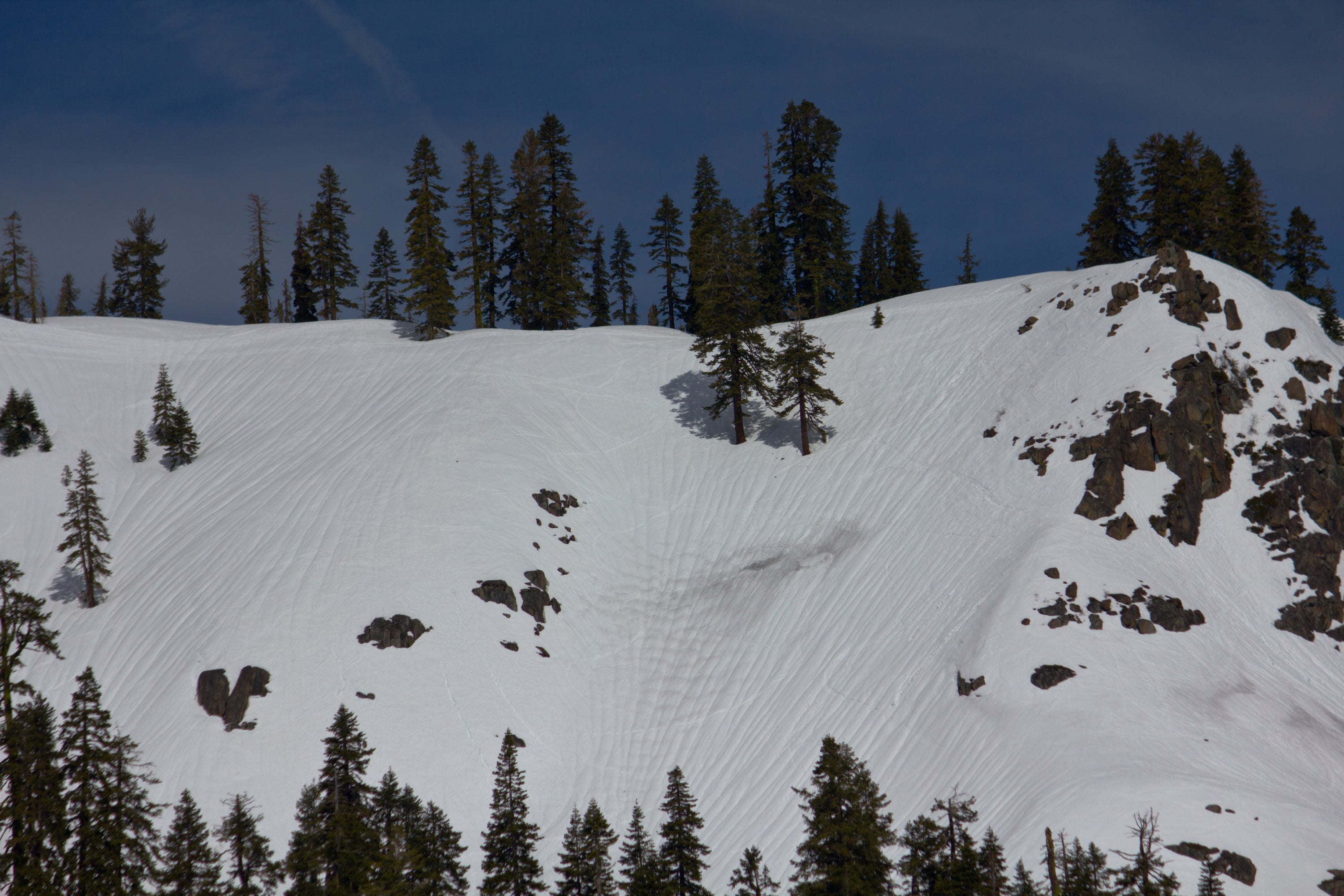Quantifying Lateral Flow of Water in Alpine Snowpacks using High-resolution Geophysical Techniques

Understanding the processes controlling the lateral redistribution of water within a catchment is essential for developing accurate predictive models for soil moisture, groundwater recharge, and streamflow generation. Most modeling approaches assume that precipitation is delivered vertically to the land surface, and that lateral redistribution occurs as overland or subsurface flow. In snow-dominated catchments it is well known that water can undergo significant redistribution before it enters the land surface as liquid water.
When water falls in solid form, in addition to the inherent spatial variability of the falling precipitation, there are two well-documented drivers of spatial variability which have a large effect on the location and timing of when this solid precipitation enters the ground surface as liquid water: 1) wind redistribution, which interacts with the local topography and vegetation to form snow drifts, 2) radiation balance, which causes snow melt timing to vary widely due to variations in aspect, elevation, and vegetation. However, even if these two drivers are well characterized, many hydrologic processes are difficult to model, suggesting that there may be other important redistribution processes controlling when and where snowmelt enters the subsurface. We suggest that lateral movement of liquid water within a snowpack during melt and rain-on-snow events is an important mechanism of water redistribution in steep, snow-dominated catchments that has been largely ignored.
The goal of this project is to understand the occurrence and hydrologic relevance of lateral flow in snow. We use recently developed, state-of-the-art geophysical techniques to quantify movement of liquid water within the snowpack, generated from both melt and rain, and characterize the snowpack properties that lead to lateral flow. High-resolution geophysical techniques are used to quantify the speed, volume, length scale, and timing of the lateral flow within the snowpack and the subsurface, at two slope-scale experimental sites at different elevations within the Dry Creek Experimental Watershed, a WATERS testbed near Boise, Idaho.
Researchers
H.P. Marshall, John Bradford, Jim McNamara, Dave Eiriksson, Hank Hetrick, Jake Robertson
Funding
NSF Hydrologic Sciences (7/2010-6/2013)